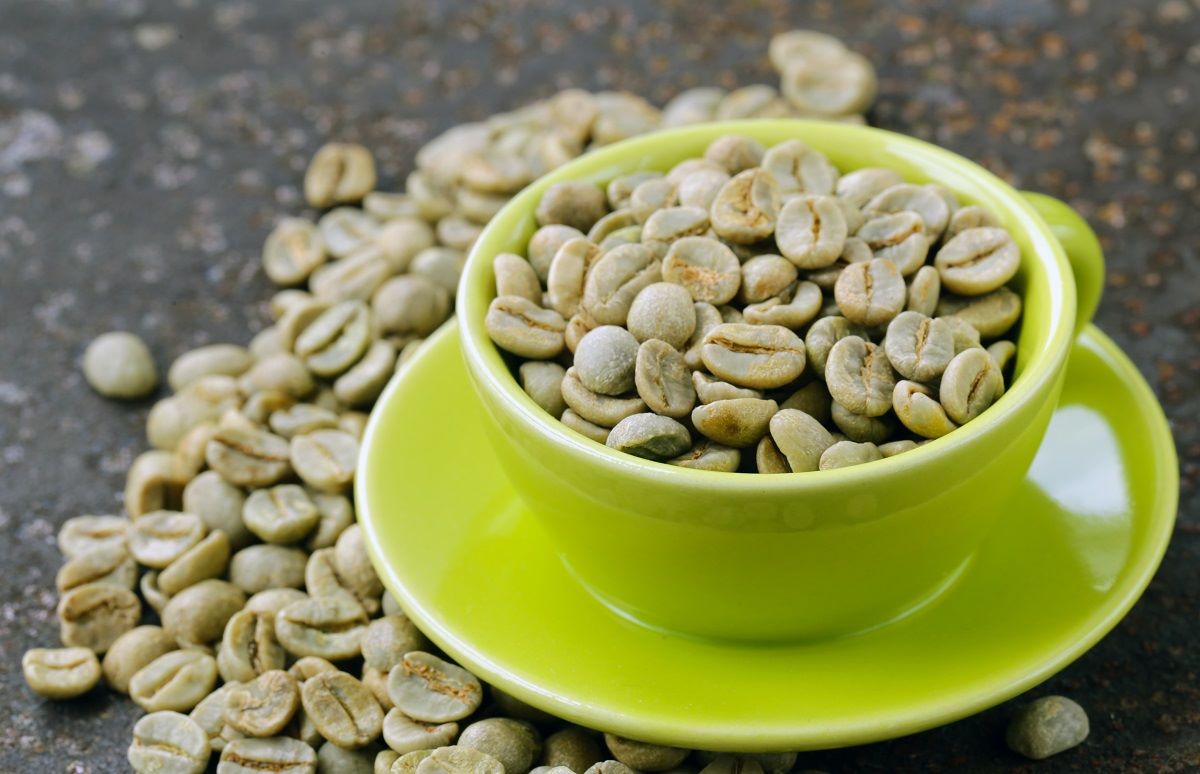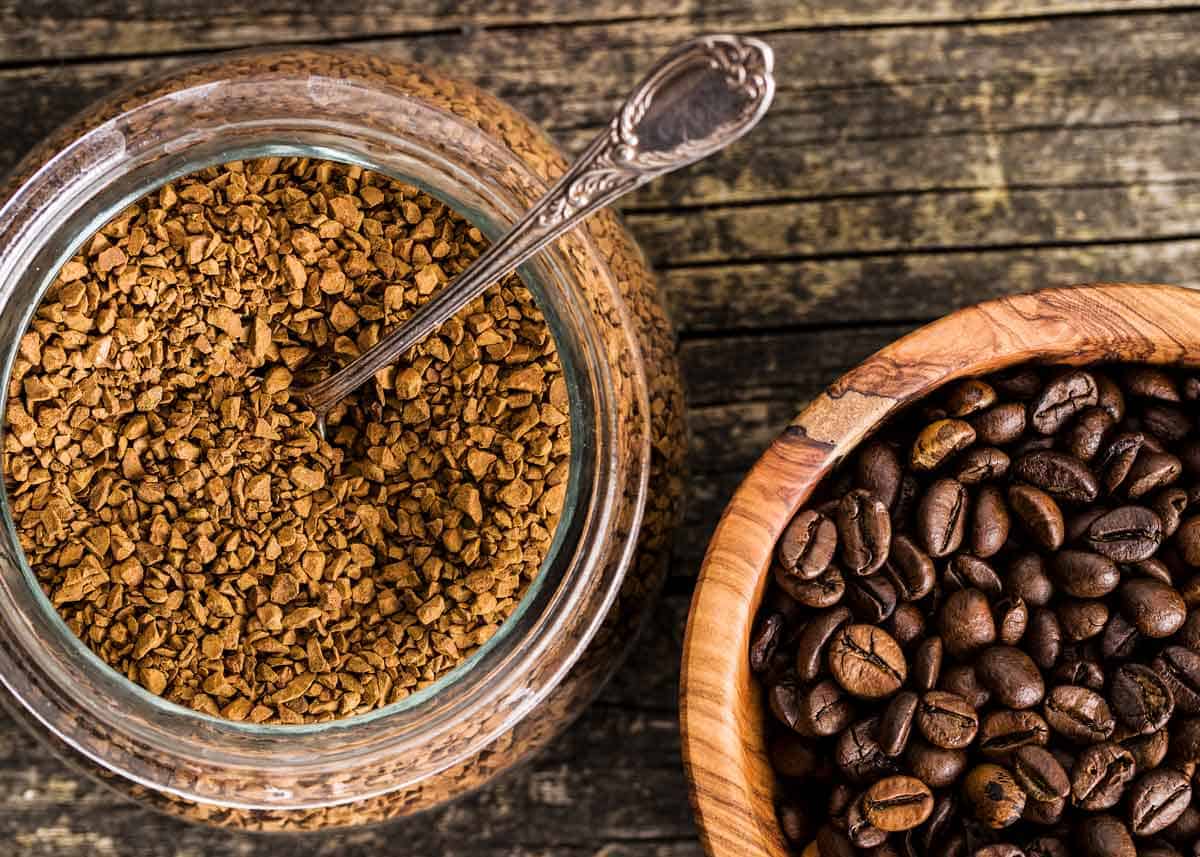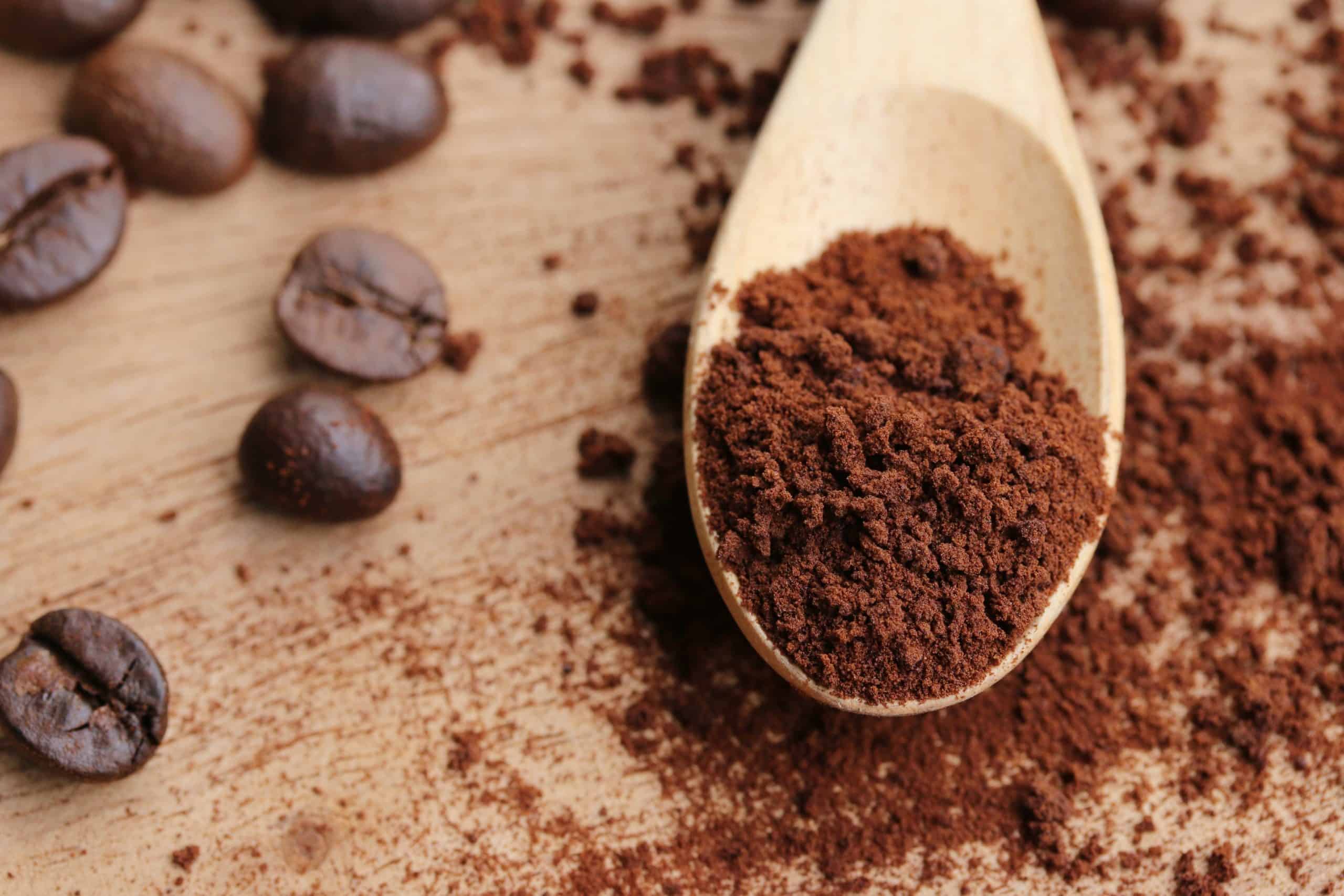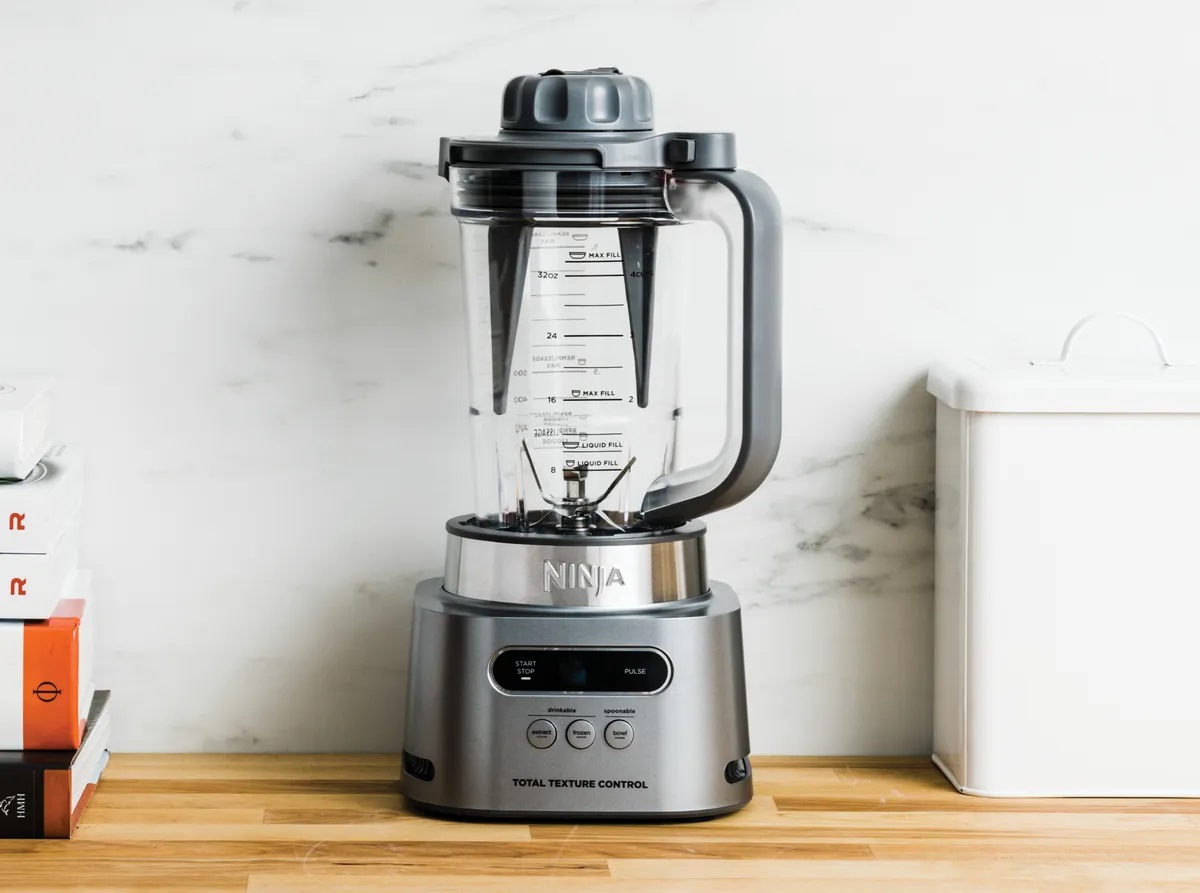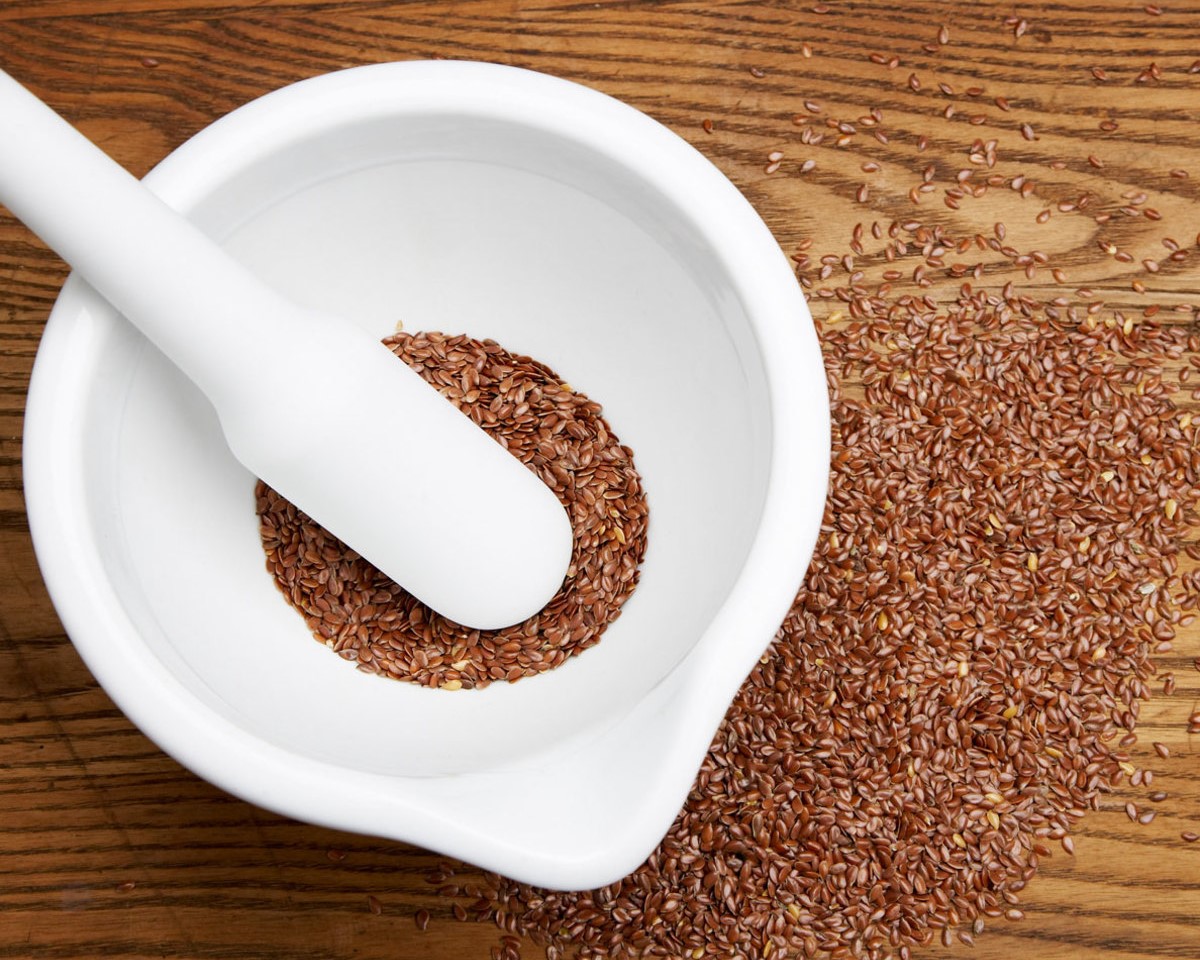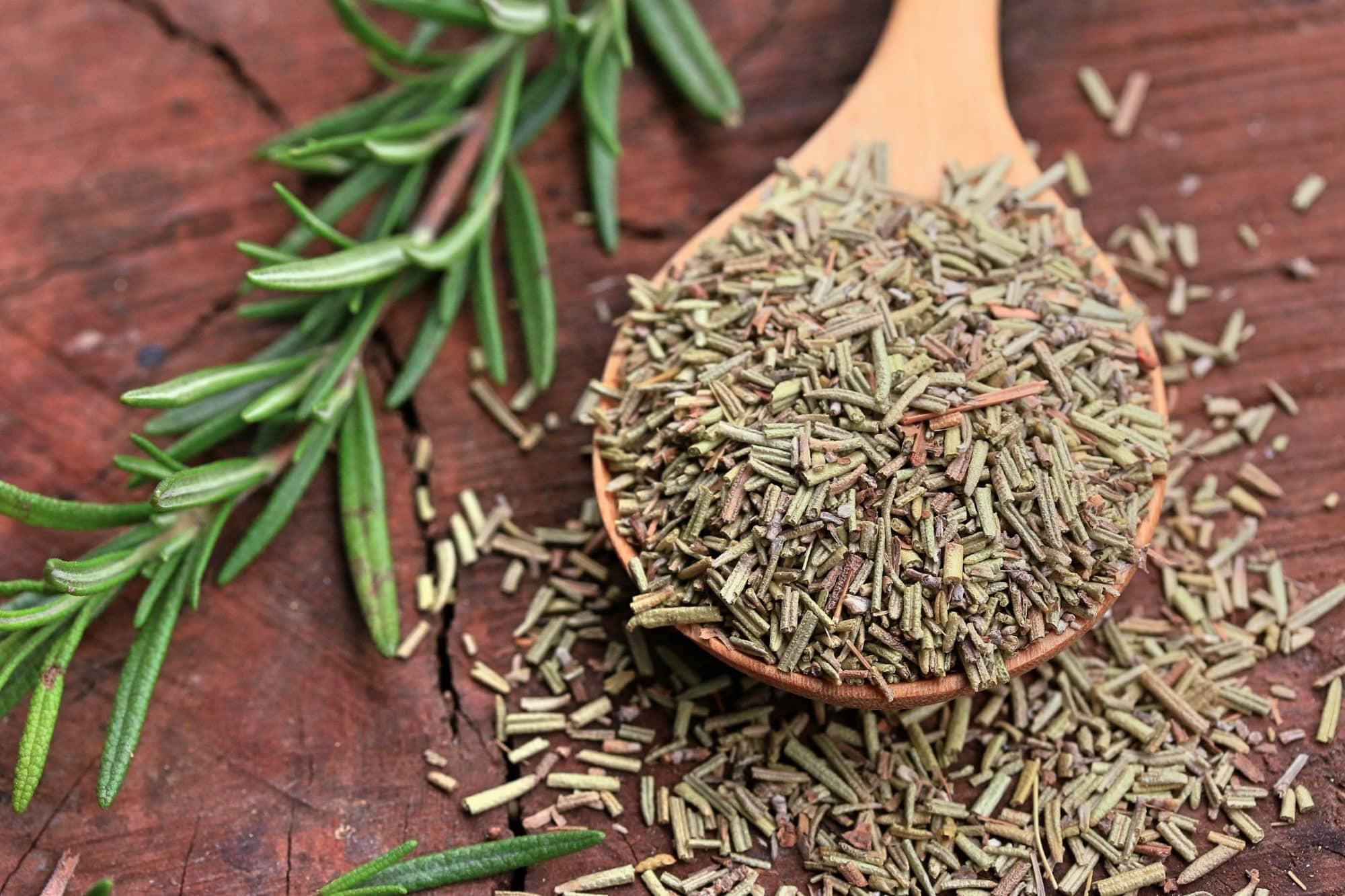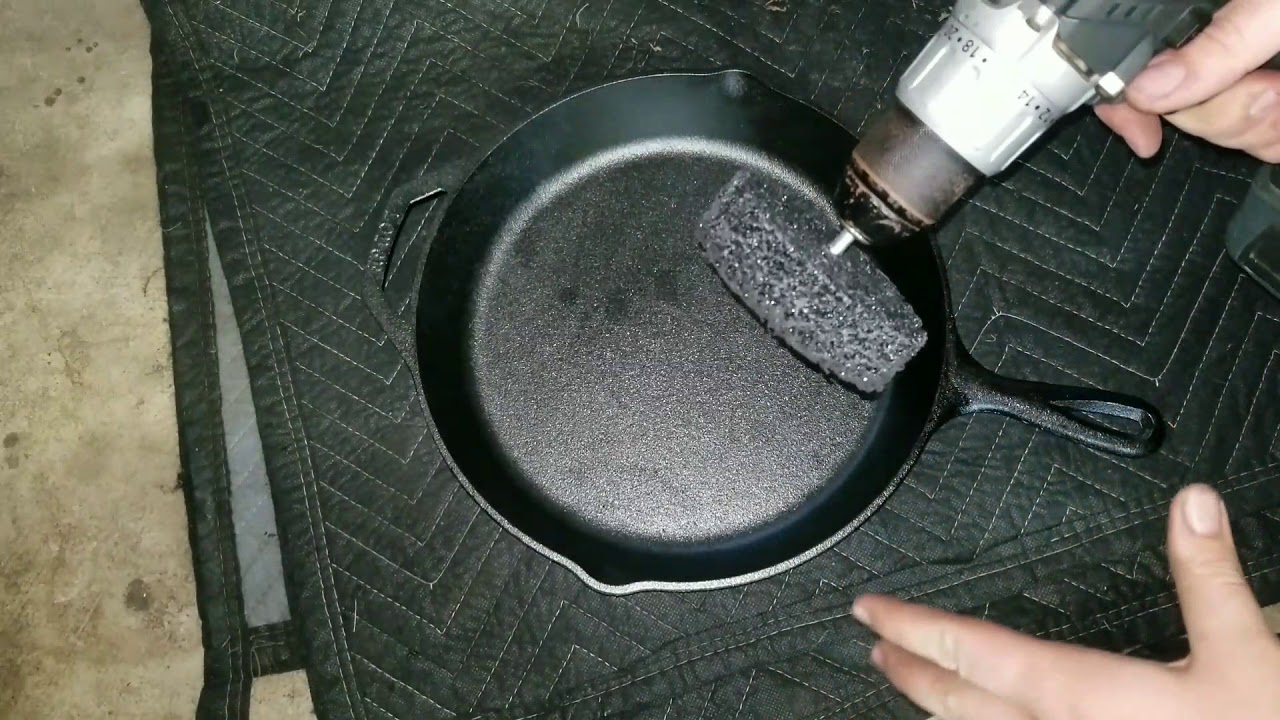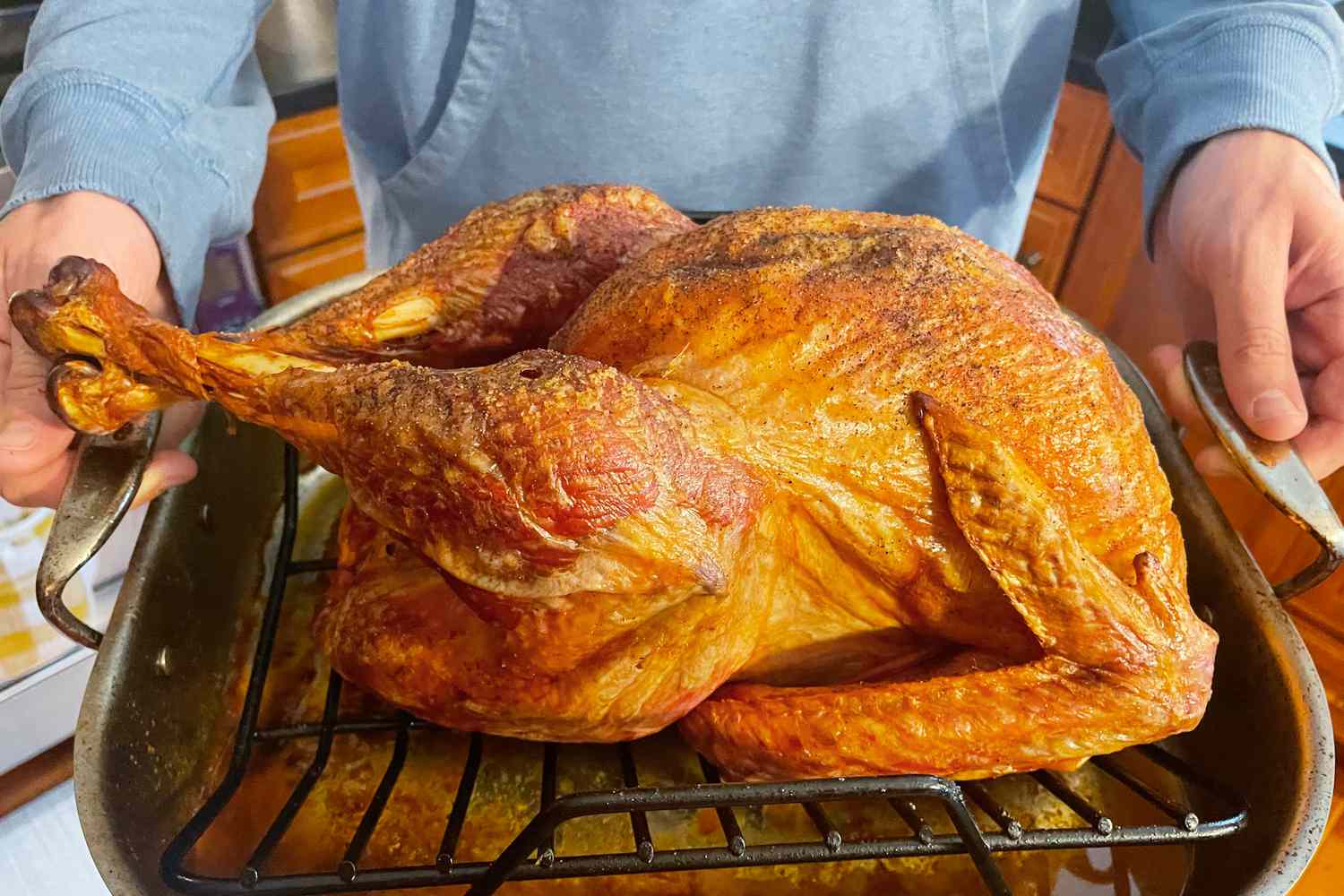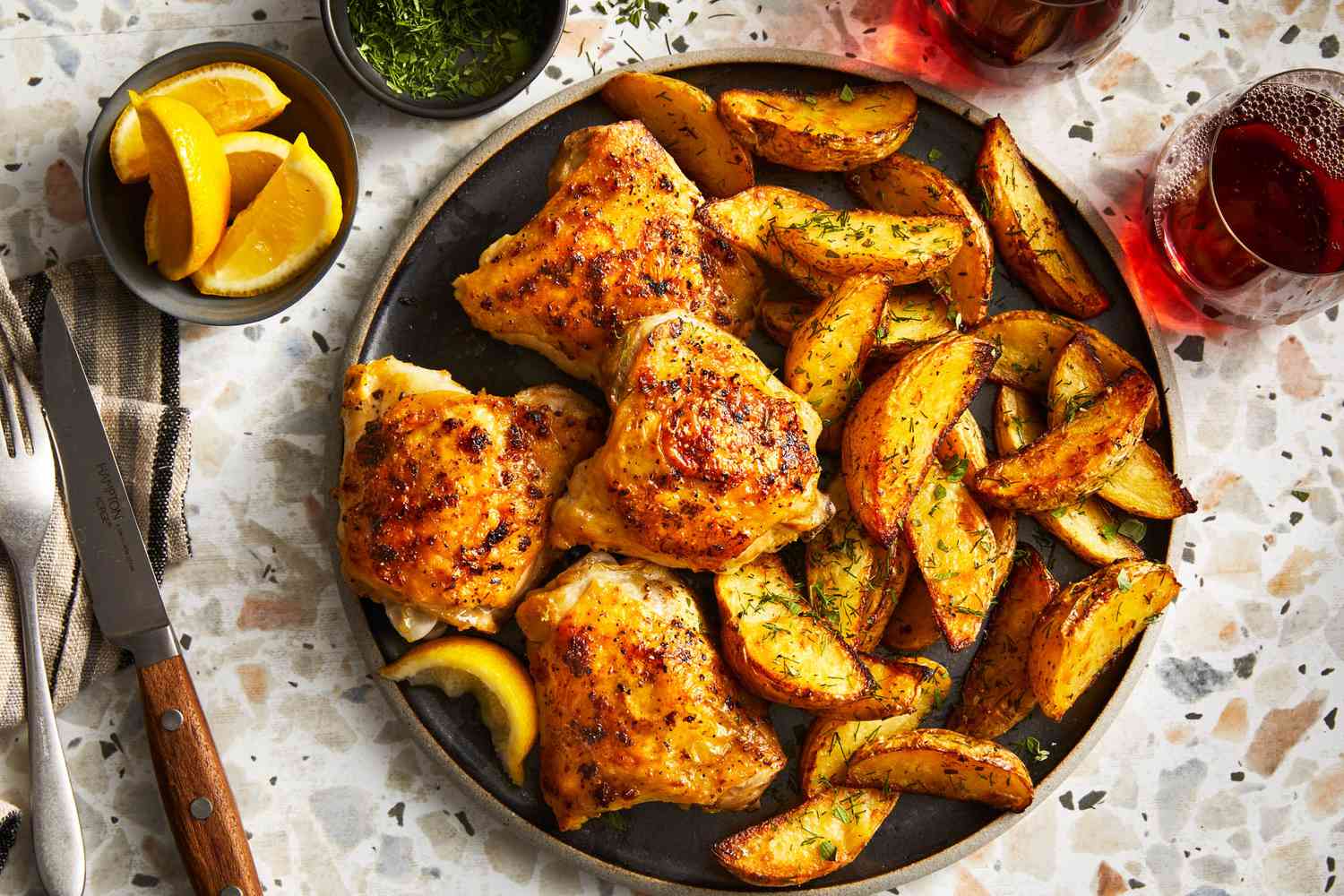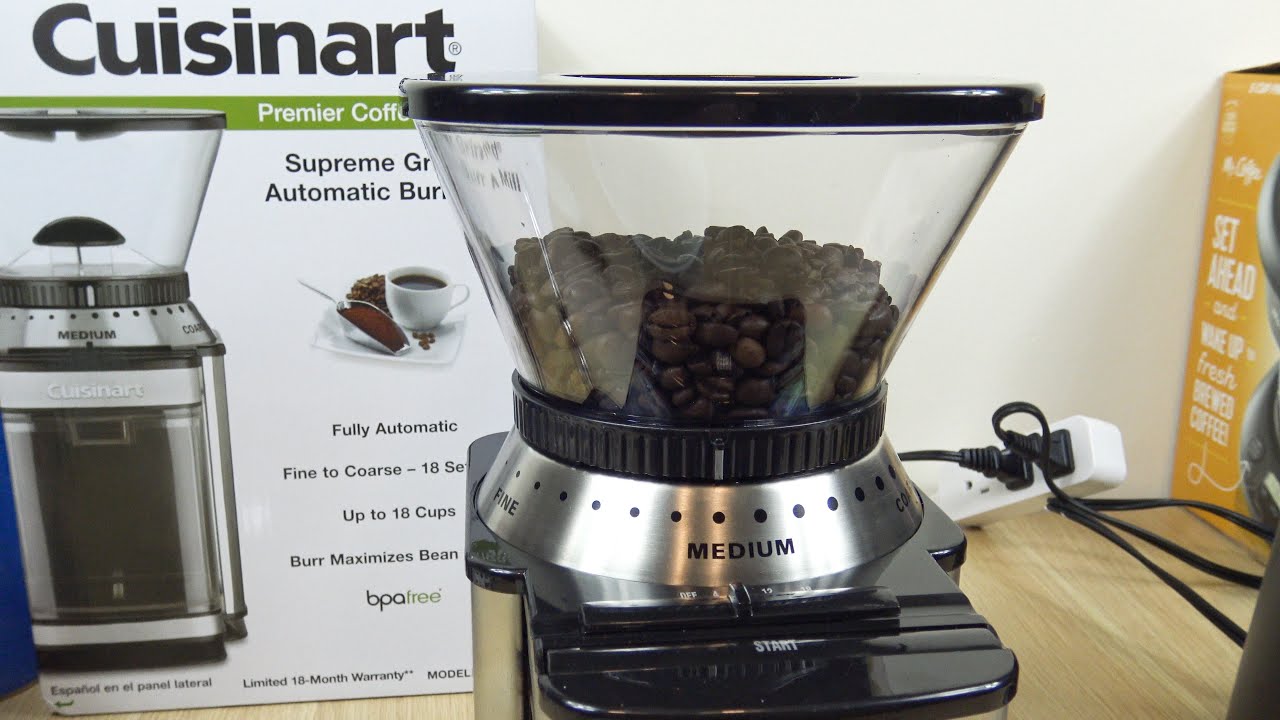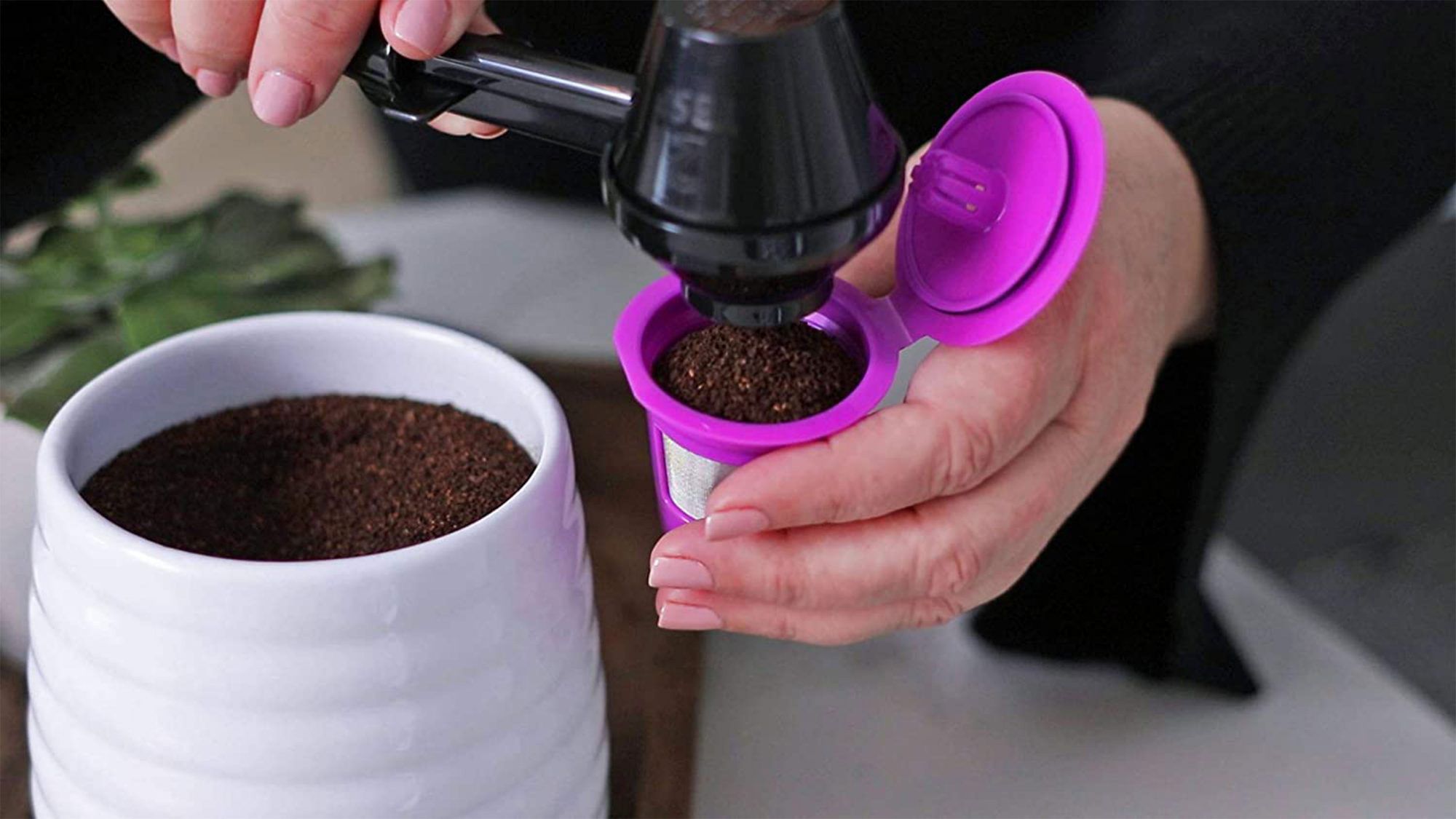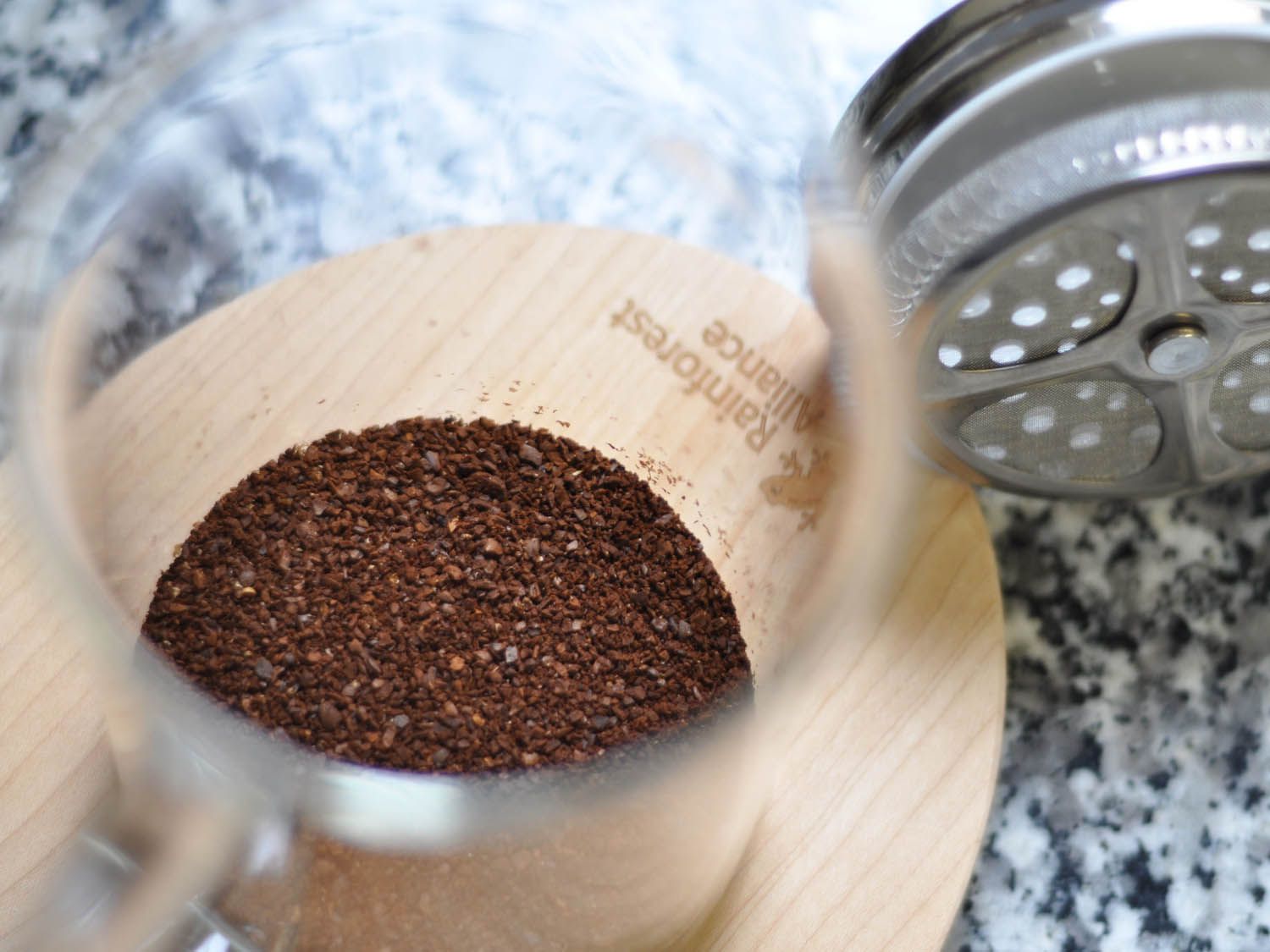Grinding green coffee beans, a step often overlooked, is crucial for unlocking their full potential. Unlike their roasted counterparts, these beans are raw, harder, and require a different approach to grinding. Whether you're a coffee aficionado or a curious beginner, understanding how to properly grind these beans can elevate your brewing experience. This guide will walk you through selecting the right grinder, achieving the perfect grind size, and exploring the unique flavors that green coffee beans offer. Ready to transform your morning cup? Let's dive into the art of grinding green coffee beans.
Essential Ingredients for Grinding Green Coffee Beans
- Green coffee beans
- Grinder (manual or electric)
- Air-tight container for storage
- Optional: Roasting equipment if you prefer a light roast before grinding
Must-Have Tools for Grinding Green Coffee
- Coffee Grinder
- Manual burr grinder
- Electric burr grinder
- Mortar and Pestle
- Food Processor
- Blender
- Rolling Pin
- Ziplock Bag
Grinding green coffee beans requires a more robust grinder than for roasted ones. Opt for a burr grinder, setting it to a coarser grind to preserve flavors and prevent damage.
The Importance of Grinding Your Own Green Coffee Beans
Grinding green coffee beans is a step towards creating a unique, fresh flavor profile that store-bought grounds can't match. This process allows for customization of grind size, directly influencing extraction rates and, ultimately, the taste of your coffee. It's a journey to discover personal preferences and enhance the coffee experience.
Choosing to grind your own green coffee beans also opens up the opportunity to explore different coffee varieties from around the world. Each bean carries its own story, flavor nuances, and aroma, making every cup a new adventure. It's about connecting with the global coffee community and appreciating the art behind your brew.
Your Step-by-Step Guide to Perfectly Ground Coffee
-
Select the right grinder: For grinding green coffee beans, a burr grinder is highly recommended over a blade grinder. Burr grinders provide a more consistent grind size, which is crucial for extracting the best flavor.
-
Choose your grind size: Depending on your brewing method, select the appropriate grind size. For example, a coarse grind works well for French press, while a fine grind is suitable for espresso. Since green beans are harder than roasted beans, setting the grinder one or two levels finer than usual can help achieve the desired consistency.
-
Measure the beans: Use a kitchen scale to measure the amount of green coffee beans you need. A good starting point is about 2 tablespoons (around 10-15 grams) of beans per 6 ounces of water, but feel free to adjust according to taste.
-
Load the grinder: Place the measured green coffee beans into the grinder's hopper. Ensure the grinder is clean and free from any leftover grounds that might alter the coffee's taste.
-
Grind the beans: Turn on the grinder and let it run until all the beans have been ground. For burr grinders, the process might take a bit longer compared to roasted beans due to the increased hardness of green coffee beans.
-
Check the grind consistency: Once done, check if the grind size looks uniform and matches your brewing method's requirements. If necessary, adjust the grinder settings and repeat the process until you achieve the desired consistency.
-
Brew immediately or store properly: For the best flavor, use the ground green coffee beans immediately. If you need to store them, use an airtight container and keep it in a cool, dark place to preserve freshness.
-
Clean the grinder: After grinding, ensure to clean your grinder thoroughly. Green coffee beans can leave a residue that might affect future uses, especially when switching back to roasted beans.
Mastering the Art of Green Coffee Grinding
Grinding green coffee beans at home isn't just about turning beans into grounds; it's about unlocking a world of fresh flavors and aromas that pre-ground coffee can't offer. With the right tools, a bit of patience, and a willingness to experiment, anyone can transform these raw beans into the perfect foundation for an exceptional cup of coffee. Remember, choosing the right grinder and grind size makes all the difference. Whether you prefer a manual or an electric grinder, the key is to achieve a consistent grind that suits your brewing method. From French press to espresso, each method has its ideal grind size. So, take this knowledge, experiment with different grinds, and discover how grinding your own green coffee can elevate your coffee experience to new heights.
For those eager to master the art of grinding green coffee beans, this guide offers a variety of recipes to put your newfound skills to the test. Start with a Classic Espresso to experience the rich, bold flavors that freshly ground beans can provide. If you prefer a more robust and full-bodied coffee, give French Press Coffee a try. For those who enjoy milk-based drinks, a Cappuccino or Flat White is perfect to see how freshly ground beans elevate the creamy texture. If you’re feeling adventurous, experiment with a Coffee Rubbed Steak to add a unique, savory twist to your meals. Lastly, satisfy your sweet tooth with Coffee Ice Cream, where the freshly ground beans will infuse deep, aromatic flavors into your dessert.
All Your Questions About Green Coffee Beans Answered
Why grind green coffee beans yourself?
Grinding green coffee beans at home gives you control over the grind size, which can greatly affect the taste of your coffee. Freshly ground beans ensure the most flavorful and aromatic cup, as grinding releases the beans' oils and flavors right before brewing.
What equipment do I need to grind green coffee beans?
You'll need a grinder. While a standard coffee grinder can do the job, a burr grinder is often recommended for a more consistent grind size. For those looking into a more traditional method, a mortar and pestle can also be used, though it requires more effort.
Can I use my regular coffee grinder for green coffee beans?
Yes, but with caution. Green coffee beans are harder than roasted beans, so they can be tougher on your grinder's blades. If you decide to use your regular grinder, make sure it's durable enough to handle the harder beans and clean it thoroughly afterward to prevent residue build-up.
What's the best grind size for green coffee beans?
This depends on your brewing method. For a French press or cold brew, a coarse grind is ideal. For espresso or Turkish coffee, a fine grind works best. Experimenting with different grind sizes can help you find the perfect match for your taste preferences and brewing technique.
How long does it take to grind green coffee beans?
Grinding time can vary based on the grinder's efficiency and the desired grind size. With a burr grinder, it might take a minute or two to grind a small batch of beans. Using a mortar and pestle will take significantly longer, possibly up to 10-15 minutes for a fine grind.
Is there a difference in caffeine content between green and roasted beans?
Yes, green coffee beans generally contain slightly more caffeine than their roasted counterparts. However, the difference is minimal and might not significantly affect the caffeine content of your brewed coffee.
How should I store ground green coffee beans?
Store them in an airtight container away from direct sunlight, heat, and moisture. This helps preserve their freshness and flavor for longer. Ground green coffee beans can also be stored in the freezer to extend their shelf life, but make sure the container is completely sealed to prevent moisture from getting in.
